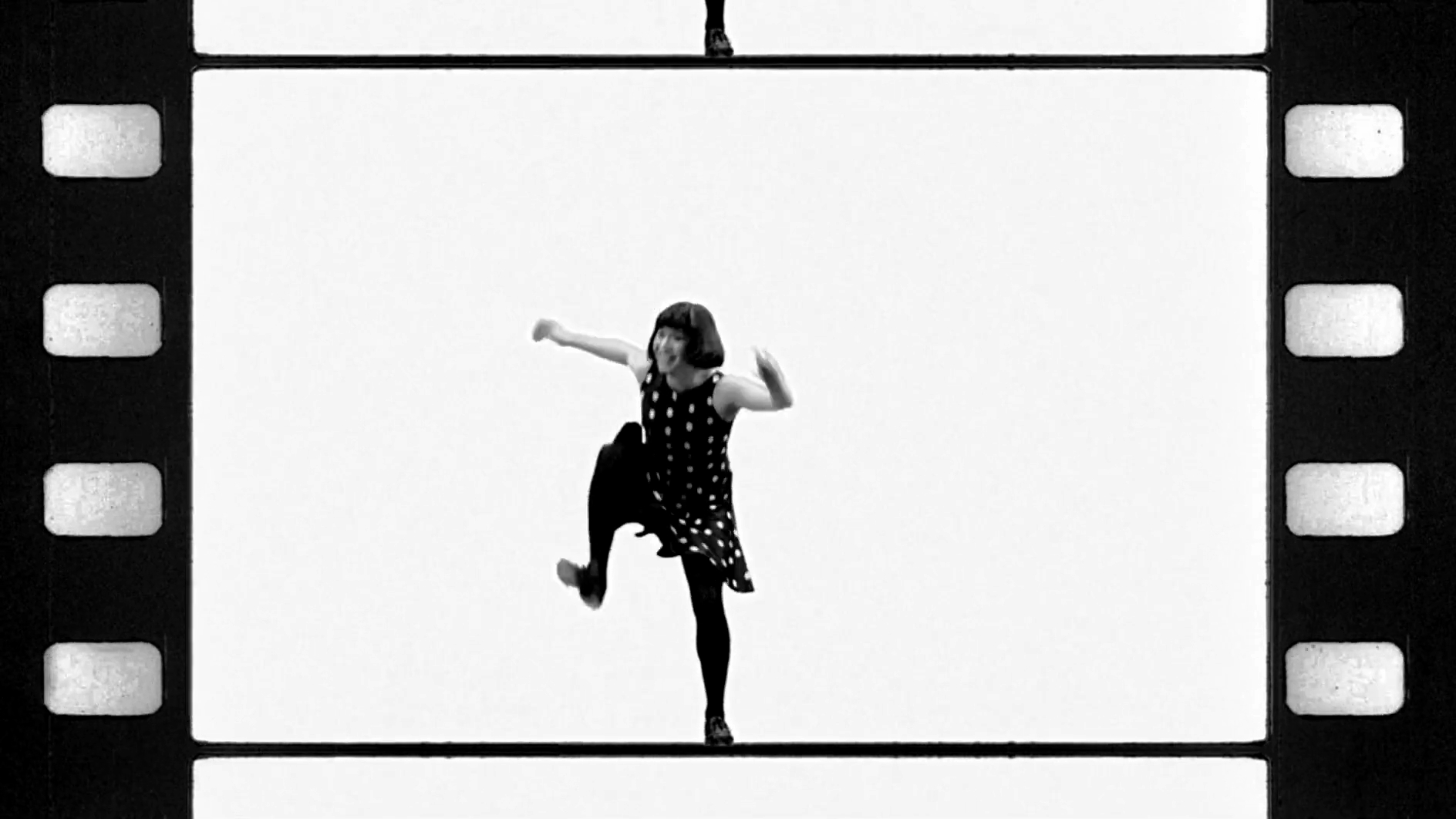
A film by Choreographer Marije Nie and Director Pieter-Rim de Kroon.
A classic love story between a tap dancer, a piano player and a 1922 hand cranked 35mm motion-picture camera. The camera as the camera, character and stage. A rhythmical journey of discovery across the magical world of the mechanical and analogue black-and-white film, where illusion lifts reality.
Seduced by the rythms of the camera mechanics, the tap dancer believes her dreams are infinitely possible, only to find out there is something that matters even more. A tribute to tap dancing and the magic of analogue film – a classic and unique combination.
A film by Marije Nie & Pieter-Rim de Kroon. Produced by Windmill Film.
PARVO DEBRIE
Dancin’ The Camera was filmed on a 1922 hand cranked Parvo Debrie, with the use of vintage lenses and analogue motion picture film.
The Parvo was a 35mm motion picture camera developed in France by Joseph Jules Debrie, in 1908. The camera was relatively compact for its time. It was hand cranked, as were its predecessors. To help the camera operator in cranking at the correct speed, the camera had a built in tachometer. The Parvo held up to 120 metres (390 ft) of film inside without the need for an external film magazine, yielding almost 6 minutes of film when cranked at the standard 16 frames per second silent film rate. It allowed the camera operator to focus the camera lens through the back of the the film plane – in common with other cine cameras of its era – it had a side-mounted optical viewfinder for use during actual filming. The Parvo was immensely popular in Europe troughout the 1920’s, the era of silent film. Directors who particularly liked the camera were Abel Gance, Leni Riefenstahl, Dziga Vertow and Sergei Eisenstein.
INSPIRATION
Like the tap dance in Dancin’ The Camera is inspired by famous film scenes but created with contemporary vision, so is the film style in camera work, editing and mise-en-scène fed by the experimental films from the 1920s and 30s. In the most literal sense, by presenting the camera as a character, exactly like Dziga Vertov proceeded in his pioneering film Man with a Movie Camera (1929). Dancin’ The Camera refers to the experimental films like Ballet Mécanique, Busby Berkely’s choreographic visions, the famous scenes from Charley Chaplin’s Modern Times and Harold Lloyd’s clock scenes from Safety Last. The film combines traditional motion picture film technique with present-day computer based compositing and animation tools. Supported by the Dutch public-service broadcaster NTR and The Dutch Cultural Media Fund.
Award of Excellence Best Shorts Competition USA 2016